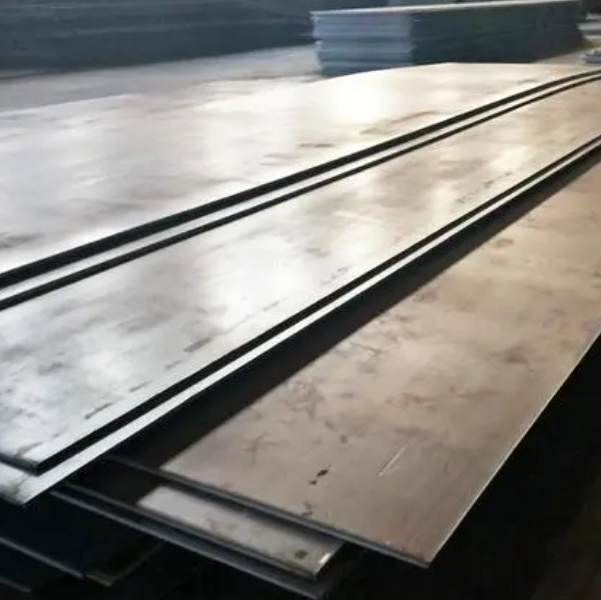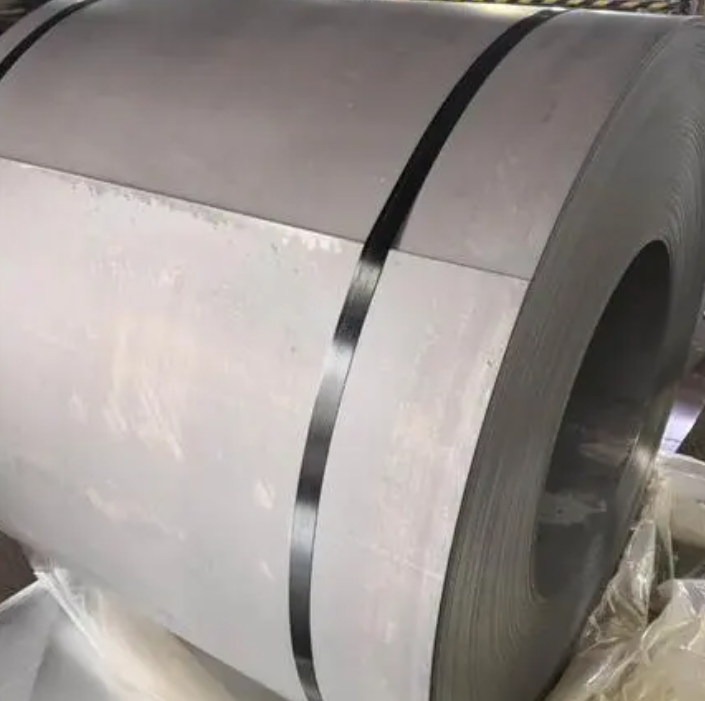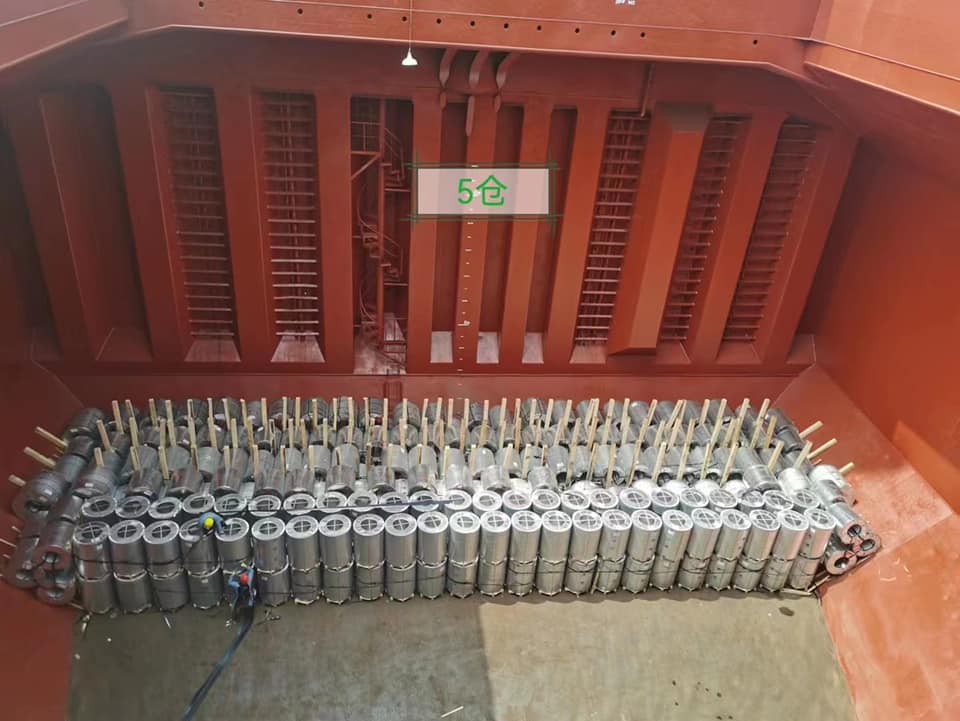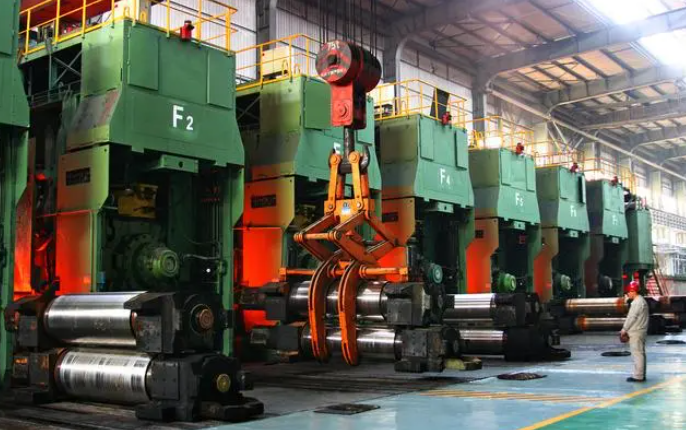There are many types of steel on the market, and ss400 is one of them. So, what kind of steel is ss400? What are the common types of steel? Let’s take a look at the relevant knowledge right away.
Introduction to SS400 steel plate
SS400 is a Japanese standard carbon structural steel plate with a tensile strength of 400MPa. Due to its moderate carbon content and good overall performance, strength, plasticity and welding properties are well matched, and it has the most extensive uses. SS400 steel plate itself has comprehensive high-quality properties such as high strength, high toughness, fatigue resistance, impact resistance, wear resistance, corrosion resistance, welding, and easy processing.

SS400 uses an electric furnace to make steel. It is made from scrap iron. The steel is pure. The steel plate is a flat steel plate that is poured with molten steel and pressed after cooling. It is flat and rectangular, and can be directly rolled or cut from wide steel strips. Steel plates are divided by thickness, thin steel plates <8 mm (the thinnest is 0.2 mm), medium-thick steel plates 8~60 mm, and extra-thick steel plates 60~120 mm.
SS400 steel plate grade indication
“S”: indicates the daily standard steel plate;
“S”: indicates that the steel plate is carbon structural steel;
“400”: Indicates the tensile strength of the steel plate, in MPa.

SS400 steel plate implementation standard: implement JIS G3101 standard.
SS400 steel plate delivery status: The steel plate is delivered in a hot-rolled state, and the delivery status can also be specified according to technical requirements.
SS400 steel plate thickness direction performance requirements: Z15, Z25, Z35.
SS400 steel plate flaw detection requirements: first detection, second detection, and third detection.
SS400 steel plate density: 7.85/cubic meter.
SS400 steel plate weight adjustment formula: thickness * width * length * density.
What is the difference between Q235 and SS400 steel plates?
1. SS400 is basically equivalent to my country’s Q235 (equivalent to Q235A). However, there are differences in specific indicators. Q235 has requirements for the content of C, Si, Mn, S, P and other elements, but SS400 only requires S and P to be less than 0.050. The yield point of Q235 is greater than 235 MPa, while the yield point of SS400 is 245MPa.
2. SS400 (steel for general structure) means general structural steel with a tensile strength greater than 400MPa. Q235 means ordinary carbon structural steel with a yield point greater than 235MPa.
3. The standard number of SS400 is JIS G3101. The standard number of Q235 is GB/T700.
4. SS400 is a marking method for Japanese steel, which is actually the domestic Q235 steel. It is a kind of steel material. Q represents the yield value of this material, and the following 235 refers to the yield value of this material, which is around 235. And as the thickness of the material increases, its yield value decreases. Due to its moderate carbon content and good overall performance, strength, plasticity and welding properties are well matched, and it has the most extensive uses.

Application scope of SS400 steel plate?
SS400 is commonly used in cranes, hydraulic presses, steam turbines, heavy industry machinery and equipment, engineering machinery and equipment, bridge structures, excavators, large forklifts, heavy industry machinery parts, etc. SS400 steel plates are also widely used.
SS400 has moderate carbon content and good overall performance, and its strength, welding and plasticity are relatively convenient, so it has a very wide range of uses. It is a common steel in our lives and is widely used in some manufacturers' roof frames, Building materials such as angle steel, or on some vehicle containers, are also used on some high-voltage transmission towers and highways, but their applications are not limited to these. Generally, it is also widely used in applications where the performance requirements of steel are not very high.

Post time: Dec-21-2023